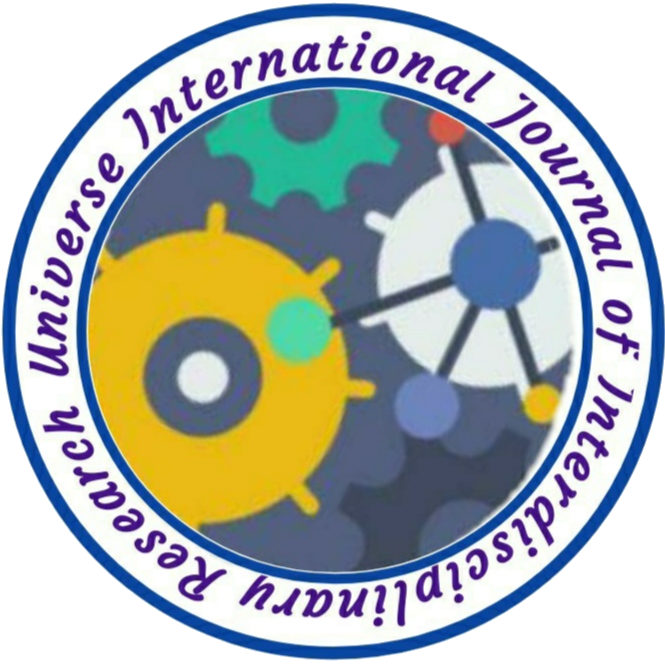THE ROLE OF DIFFERENT COMMUNITIES IN THE NATIONALIST MOVEMENT OF MANBHUM
Author Name: Malay Majee
Volume/Issue: 02/11
Country: India
DOI NO.: 08.2020-25662434 DOI Link: https://www.doi-ds.org/doilink/05.2022-38973659/UIJIR
Affiliation:
Research Scholar, History Department, Bankura University, Dist-Purulia, West Bengal, India
ABSTRACT
The political history of Manbhum districts on the south-western border of West Bengal is very glorious and important in the independence period. The contribution of the leaders of this district in the freedom struggle of India is also quite significant. Just as the people of other districts like Nibaran Chandra Dasgupta and Atul Chandra Ghosh have made significant contributions in the freedom struggle in this region, so also the people of different ethnic groups of this district have played an important role by participating in different ways. Although there was no nation-centered politics in Bengal or Purulia or its place in the political ideology. However, there is a subtle connection between nation-centered politics and politics in this region. An organized nation or community acts as a catalyst in spreading its political awareness or education through participation in the political activities of that nation or community. Again, the social order and unity of many races or communities play an important role in this. As a reaction to the oppression and exploitation of the Santal community during the rule of the company, the Santal people have revolted against them in various places in the entire jungle. In this case, their united mentality has had a great impact. Besides, the Santal people in different parts of Manbhum district have snatched their rights through their protests. Similarly, other ethnic groups in the district have tried to maintain their rights in different ways at different times. So many ethnic groups have participated in this district at different times, in different ways in the political background or in the field of work. The reason for this was the minority position of this community in the region and the social structure of this community was largely responsible. A review of the past history of these tribes shows that they are on the one hand anti-violence or anti-violence and on the other hand they are more self-centered and conservative. He preached Jainism and played the role of chief architect in the area. Later, when people from other communities come into conflict with this community, instead of resorting to violence because of their religious affiliation or ethnicity, they leave the area and seek refuge. Therefore, due to the minority position of this community in Purulia district, their religious thinking and ethnicity, the participation of this community in the freedom struggle cannot be noticed in that sense. Nevertheless, some members of this community are sporadically involved in various political activities in various regional fields. Although they were not recorded or there was any activity that stirred the political activities at the district and state level. However, the role of the people of this community in various regional events or activities can be seen in the regional context. A closer look reveals that the political connections of the Sarak community, as well as the spread of their education, reveal the sources of change in their social orientation or self-centered thinking. Therefore, in the forties of the twentieth century, the participation of the people of this community in various political activities in the local area can be noticed.
Key words: Manbhum , Community ,Leaders , Movement , Participate, Resistance, Important

No comment